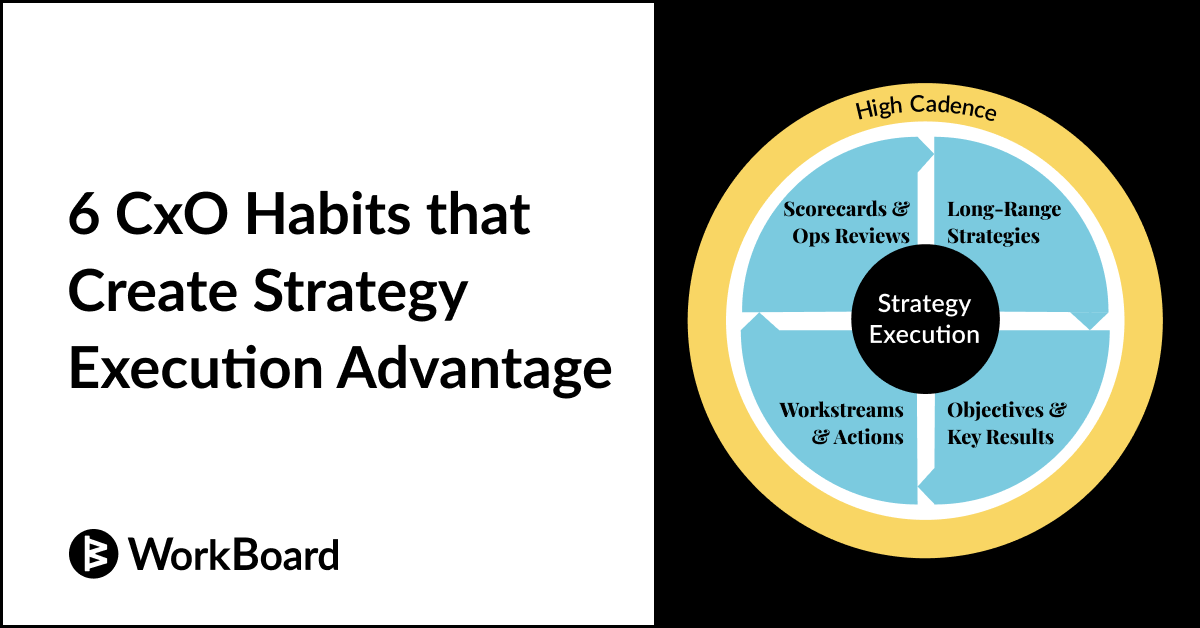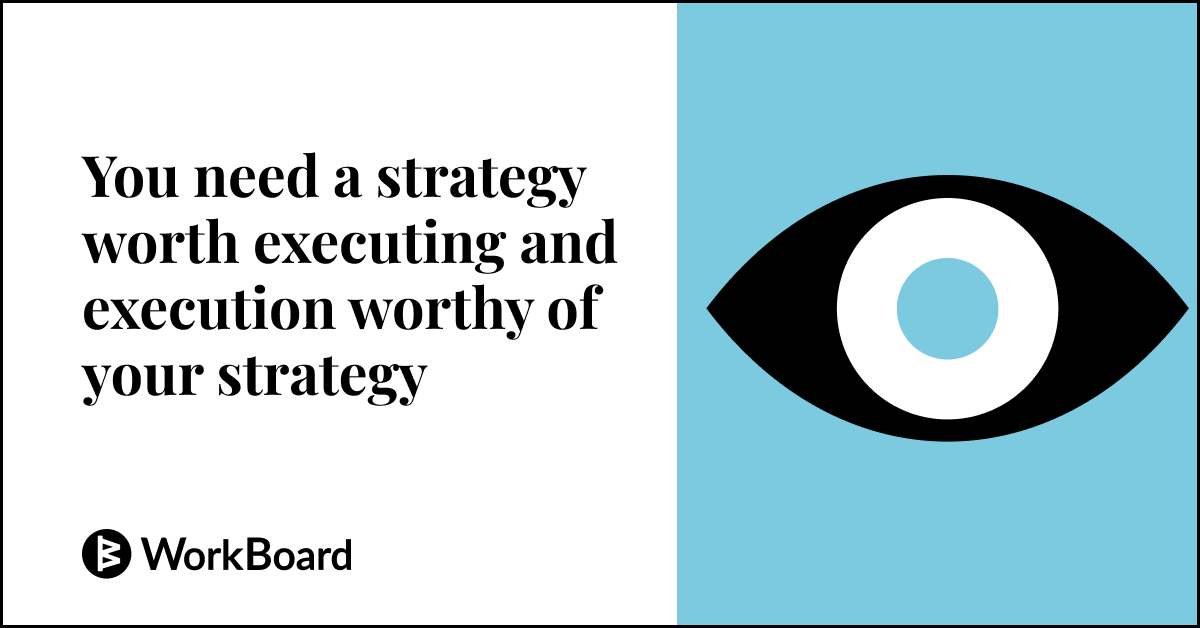Strategy execution today is much harder than it has been at any time in the last 50 years or more. The management models, the way we align people and the organization on the strategy, the way we drive focus and accountability for execution, the speed with which we measure and assess ourselves, and the speed with which we identify risks and issues - all of these fall short in the super dynamic world that we live in today.
The management models that got you here won't serve you well in the next decade. In the past, change and transformation were episodic - big transformations with years between transformation one and transformation two. In that world, consistency and doing well in what we'd always done created an advantage in the market. Other players wouldn't sneak up on you. The players were known, the field was known, the game was known, and the rules were clear.
If you played well in the game you're in, by the rules you're playing in, you created an advantage. Your organization could consistently do well in what it does, and you would win. In that world, things were linear. A five-year plan, a one-year plan, measuring quarterly, and delivering on those plans made it possible to focus on end-of-quarter and end-of-year results.
“Meetings and slide decks, even if they took hundreds of hours to compile and were hundreds of pages long, worked when transformation happened once a decade and the external world did not change very rapidly.”
Backwards-facing reporting and discussions internally and with external stakeholders were appropriate, rational, and effective. Reporting structures could be relatively fixed, maybe changing with each transformation, but otherwise static and consistent. Business unit structures and function structures — the silos that were created — worked fine for the business, the climate, and the markets in which we operated.
The pace at which those changed allowed us to rely on consistency and linearity. Our organizational reporting structure, the silos, did their thing, and we didn't need a lot of transparency. We could assume how other cross-functional teams would behave and execute. Meetings and slide decks, even if they took hundreds of hours to compile and were hundreds of pages long, worked when transformation happened once a decade and the external world did not change very rapidly.
“Your organization needs to be learning and adapting, not consistently repeating itself.”
However, that isn't the world we live in today. Today, we live in a world of continuous and substantial change, a world that has been continuously changing since 2020. In the face of this change, consistently doing what you've always done is a disadvantage, not an advantage.
Your organization needs to be learning and adapting, not consistently repeating itself. It needs to be iterative and fast, as opposed to linear and slower-moving, because things are always changing. You can't rely on a five-year plan to play out exactly as you imagine, and you can't even rely on a one-year plan to go according to the plan. Alignment needs to be faster, adjustments need to be faster, measurement needs to be faster, and finding risks needs to be faster. Testing assumptions, coordinating, and redirecting need to happen much, much faster because of the external rate of change.
This means, instead of confidently reporting end-of-period outcomes, you need to shift your intellectual horsepower and that of your teams to cause your best outcomes in the face of the unknown, in the face of the new, and in the face of what's changed and changing.
Shifting from asking people to do the same activities, you need to move towards having an outcome mindset, being hypothesis-driven about what value will create, and then test, measure, iterate, and do it again. Instead of organizational structures that are consistent for decades at a time, you need more nimble organizing mechanisms like dynamic teams that don't require reorganizing the company to take advantage of new technology, new capability, new problems to be solved, and new opportunities to be unlocked. Pods, squads, tribes - more dynamic assemblies of the talented people are needed to drive value, not reporting structures.
“Instead of an opaque organizational structure, where you assume things work as they always have, you need a transparent operating and management model.”
For most organizations, the rate of change requires an all-new level of cross-functional collaboration. The silo walls are so thick, and the habits so ingrained that aligning laterally is an entirely new skill and competency that hasn't yet made its way into the leadership competencies that you're training and cultivating your people around.
Because every part of the organization is undergoing tremendous change at tremendous speed, and everyone should be learning and adapting to create an advantage, you can no longer rely on other functions to behave as they always have, to consistently do things the way they've always done them. If they are learning and adapting, an unprecedented level of transparency is needed to understand how they adapted based on what they learned.
Instead of an opaque organizational structure, where you assume things work as they always have, you need a transparent operating and management model. This model should be explicit about how you believe you will create value and how much value you are creating, aligning both vertically and across the organization.
“Today, you need to use generative AI and automation for your management model to simplify alignment at speed and transparency, and to enable the cross-functional coordination of outcomes.”
In this new world of continuous and significant material change, where learning and adaptation are creating the advantage, where iterating rapidly on the best outcomes with more dynamic teams and less ability to rely on repetition is essential, the meetings, slides, and instruments used to manage will fall grossly short. They're not fit for purpose in this new world. They won't enable you to align on outcomes, coordinate cross-functionally, deliver the best results, and adapt and learn at a super high speed. They simply don't have that capability. Today, you need to use generative AI and automation for your management model to simplify alignment at speed and transparency, and to enable the cross-functional coordination of outcomes, not just activities. This is required to thrive and drive effectively and well.
In a world of continuous change, the management techniques that you've used all these years got you here. This next generation, this next decade, will require a new management model designed for and fit for purpose in a world of continuous material change.







